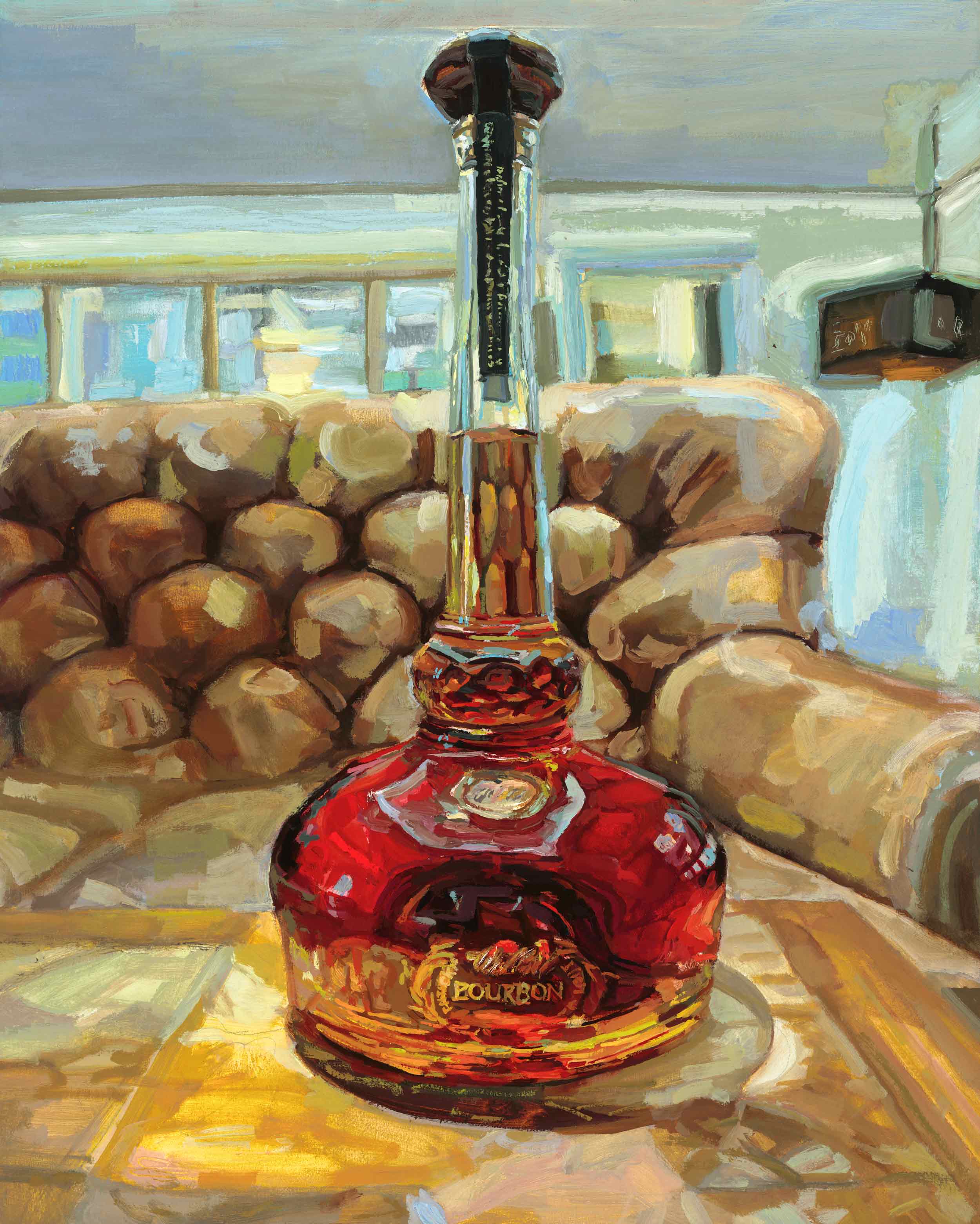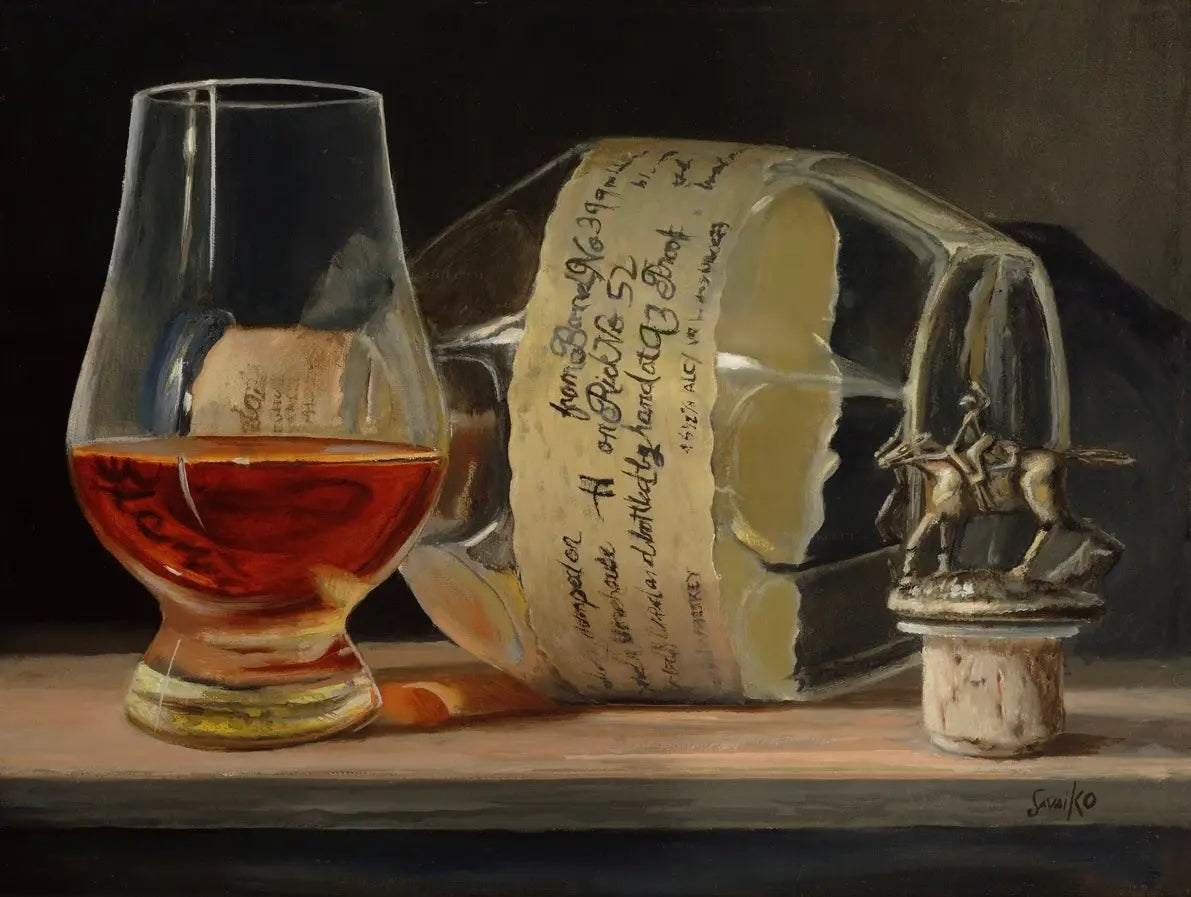The Importance of Whiskey Art in Celebrating Heritage and Workmanship in the Beverage Industry
The complex connection in between scotch art and the celebration of heritage and workmanship within the beverage industry can not be overemphasized. Through attentively developed containers and labels, bourbon brands envelop their historical origins and the artisanal skills that specify their production techniques.
The Historic Roots of Whiskey
At the heart of whiskey's attraction lies an abundant tapestry of historical origins that map back to ancient people. The beginnings of whiskey can be connected to the distillation methods of the Sumerians and Babylonians around 2000 BCE, where early types of fermented grain drinks started to arise. It was in the Center Ages that the art of purification developed substantially, particularly in Ireland and Scotland, leading to the development of scotch as we recognize it today.
The term "whiskey" itself originates from the Gaelic word "uisce beatha," suggesting "water of life." This expression highlights the social value of whiskey in Celtic societies, where it was commonly connected with rituals, events, and common bonding. By the 15th century, purification came to be a recognized craft within monastic neighborhoods, leading the way for the establishment of legal distilleries.
As trade routes broadened, bourbon's popularity expanded, going beyond local boundaries and catching the rate of interest of lovers worldwide. Limited Edition. This historical trip mirrors not only the workmanship behind scotch production but also its important function in cultural and social contexts, noting it as a considerable beverage throughout history
Artistic Expression in Branding
Whiskey branding stands as an engaging junction of artistry and business, where aesthetic identity plays an essential role fit customer assumption. The aesthetics of whiskey labels, product packaging, and advertising materials reflect not only the brand's story yet likewise its core worths and heritage. With creative expression, distilleries convey a story that reverberates with customers, stimulating emotions and stimulating links.
Using shade, typography, and imagery in branding serves to separate items in a saturated market. Standard concepts may evoke a feeling of authenticity and craftsmanship, while modern layouts can signify technology and forward-thinking. This calculated imaginative instructions enhances brand acknowledgment and loyalty, permitting customers to create an individual connection with the whiskey they select.
Moreover, imaginative expression in branding commonly works as a party of regional heritage. Distilleries often incorporate regional symbols or historic references right into their layouts, developing a local color that invites customers to engage in a more comprehensive cultural experience. Ultimately, the virtuosity behind bourbon branding not just boosts aesthetic allure but likewise improves the overall story of the brand name, fostering a deeper admiration for the workmanship and heritage ingrained in each container.
Craftsmanship in Bottle Style
The creativity apparent in bourbon branding expands past aesthetic identity to incorporate the craftsmanship entailed in bottle layout. Each container functions as a vessel not just for the spirit within, but also for the story it outlines its origin, high quality, and tradition. The design process needs careful focus to information, as components such as shape, closure, and product add significantly to the total assumption of the scotch.
Craftsmanship in bottle layout entails picking premium glass that can enhance the scotch's color and quality, while additionally providing a tactile experience for the customer. The shape of the bottle should be both aesthetically enticing and functional, commonly showing the heritage of the brand name. Several distilleries opt for distinct helpful resources shapes or embossed logos that evoke a sense of credibility and history.
Moreover, the label design and typography play a crucial function in connecting the brand's story. Limited Edition. A well-crafted container not just mesmerizes the consumer's eye but also reinforces the brand name's dedication to top quality and tradition. In this method, the workmanship of bottle style ends up being an important element of the scotch experience, combining artistry with a profound regard for heritage
Cultural Relevance of Bourbon Art
Celebrating practice and workmanship, the cultural importance of whiskey art transcends plain aesthetic appeals, intertwining with the historic and social stories of the regions from which it originates. Each container offers as a canvas, portraying the one-of-a-kind stories, mythology, and practices that have actually shaped regional whiskey-making techniques. The detailed designs commonly show the heritage of the distillers, integrating signs and concepts that resonate with the society and values of their communities.

On top of that, bourbon art plays an essential role in communal gatherings and events, functioning as a concrete link in between individuals and their shared experiences. By appreciating the creativity in bourbon packaging, customers grow a deeper understanding and regard for the craft, eventually enhancing their enjoyment of the drink itself.
Modern Trends in Whiskey Presentation
In recent times, the presentation of bourbon has advanced to mirror contemporary tastes and trends while still recognizing standard workmanship - Bourbon Art. Distilleries are progressively concentrating on visual elements that boost the overall alcohol consumption experience, connecting the space between heritage and modernity
Innovative container styles have emerged, often integrating sustainable materials and imaginative tags that tell compelling tales. Lots of brands now collaborate with neighborhood musicians, infusing their items with special aesthetic expressions that reverberate with consumers. Furthermore, limited-edition launches pop over to this web-site are often packaged in collectible containers, adding worth and appeal for aficionados.

Final Thought
Finally, bourbon art serves as a crucial conduit for expressing the heritage and craftsmanship integral in the beverage market. Via complex branding, innovative container styles, and culturally significant imaginative components, bourbon brand names properly honor their traditions and get in touch with customers. This imaginative story not just raises the appreciation of whiskey but likewise strengthens community identification and pride among producers. Inevitably, scotch art plays a necessary duty in preserving and commemorating the abundant cultural tapestry of whiskey-making.


Craftsmanship in bottle layout includes choosing top quality glass that can enhance the scotch's shade and clarity, while likewise giving a tactile experience for the customer. In this method, the craftsmanship of container style ends up being a vital aspect of the scotch experience, combining virtuosity with an extensive respect for heritage.
In final thought, scotch art offers as an important conduit for sharing the heritage and craftsmanship integral in the drink industry.